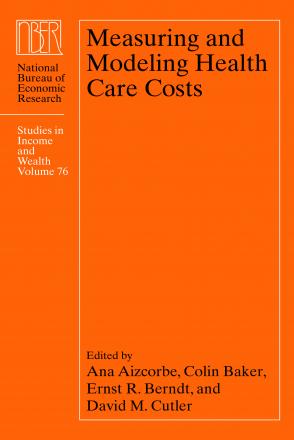Measuring Physician Practice Competition Using Medicare Data

Questions about the market structure of physician practices have become prominent in contemporary health policy discussions. Market forces recently appear to favor the growth of larger multi-specialty groups. Larger practices could lead to improvements in health care quality and outcomes by improving coordination, but they may be more difficult to effectively manage and, if inefficient, could drive higher costs of care. Larger practices may also increase concentration in health care markets. While concentration has been well studied in the case of hospitals, there is less evidence about impacts of structural changes in physician markets. A primary reason is a lack of regularly collected, broadly based data on practice market structure. In this paper, we explore the creation of physician practice concentration measures using Medicare claims data. Medicare claims are available for large numbers of patients over time and can be used to identify important characteristics of physician practices. We use claims data to construct measures of practice size and Hirschman-Herfindahl Indices (HHIs) for physician practices between 1998 and 2010, and explore variations in measures of size and concentration. We also discuss a number of issues that arise in the construction of claims-based measures that may affect their validity and interpretation.
-
-
Copy CitationLaurence C. Baker, M. Kate Bundorf, and Anne Royalty, Measuring and Modeling Health Care Costs (University of Chicago Press, 2016), chap. 11, https://www.nber.org/books-and-chapters/measuring-and-modeling-health-care-costs/measuring-physician-practice-competition-using-medicare-data.Download Citation


